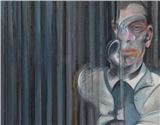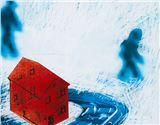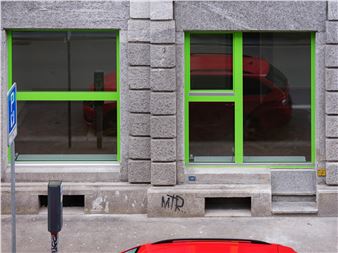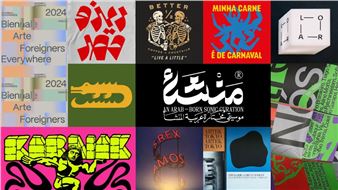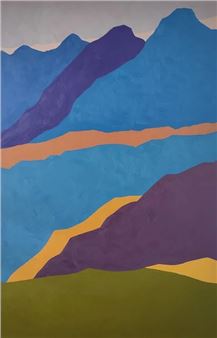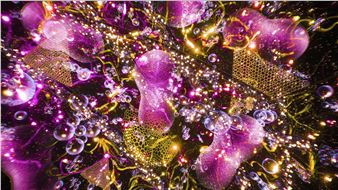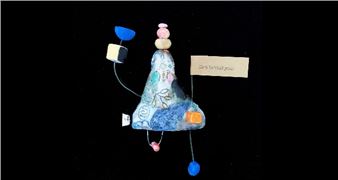FORMAT25: Sujata Setia: A Thousand Cuts
тАЬDerived from the ancient Asian form of torture тАУ тАЬLingchiтАЭ, тАЬA Thousand CutsтАЭ studies patterns of domestic abuse in the South Asian community.
I have borrowed the metaphorical meaning of Lingchi to showcase the cyclical nature of domestic abuse. The continuous act of chipping at the soul of the abused is expressed by making cuts on the portrait of the participant. The paper used to print the portrait is a thin A4 sheet, depicting the fragility of her existence. The red colour underneath the portraits signifies not just martyrdom and strength but also the onset of a new beginning.
This series also studies the journey of abuse from the private, intimate space where violence occurs; to its place in the public domain, whether it be in terms of how the private reality is subverted; decorated in public or that initial disclosure process when the survivor breaks their silence and speaks out to family, friends, neighbours, colleagues or even absolute strangers. This photographic study draws on interviews with 21 South Asian women (it is an ongoing project) and analyses the interactional and emotional processes of the first public disclosure of their private reality.тАЭ

Recommended for you
тАЬDerived from the ancient Asian form of torture тАУ тАЬLingchiтАЭ, тАЬA Thousand CutsтАЭ studies patterns of domestic abuse in the South Asian community.
I have borrowed the metaphorical meaning of Lingchi to showcase the cyclical nature of domestic abuse. The continuous act of chipping at the soul of the abused is expressed by making cuts on the portrait of the participant. The paper used to print the portrait is a thin A4 sheet, depicting the fragility of her existence. The red colour underneath the portraits signifies not just martyrdom and strength but also the onset of a new beginning.
This series also studies the journey of abuse from the private, intimate space where violence occurs; to its place in the public domain, whether it be in terms of how the private reality is subverted; decorated in public or that initial disclosure process when the survivor breaks their silence and speaks out to family, friends, neighbours, colleagues or even absolute strangers. This photographic study draws on interviews with 21 South Asian women (it is an ongoing project) and analyses the interactional and emotional processes of the first public disclosure of their private reality.тАЭ

 ARTISTS
ARTISTS
